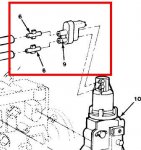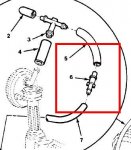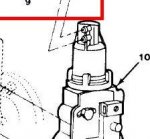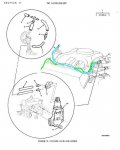cmroles
New member
- 127
- 0
- 0
- Location
- Phoenix, AZ
I replaced my vacuum lines and Transmission Modulator today in an attempt to resolve the late-shifting issue in my M1009. When I pulled all the lines off I noticed that the hose reducers and the double-hose fitting that goes on the vacuum pump at the IP were missing. Basically the hoses were just pushed directly onto the vacuum pump and the little "T" on the emissions thing.
I can't imagine they are that important, but.....you know....
On a side-note, I lost a bit of tranny fluid when I pulled out the Trans Modulator valve. I know this may seem like a stupid question, but do I add more fluid in through the dipstick tube? I've looked through the -10 and -20 TM's for a filler, but maybe I'm just missing it....

I can't imagine they are that important, but.....you know....
On a side-note, I lost a bit of tranny fluid when I pulled out the Trans Modulator valve. I know this may seem like a stupid question, but do I add more fluid in through the dipstick tube? I've looked through the -10 and -20 TM's for a filler, but maybe I'm just missing it....

Attachments
-
26.3 KB Views: 53
-
24.5 KB Views: 47







